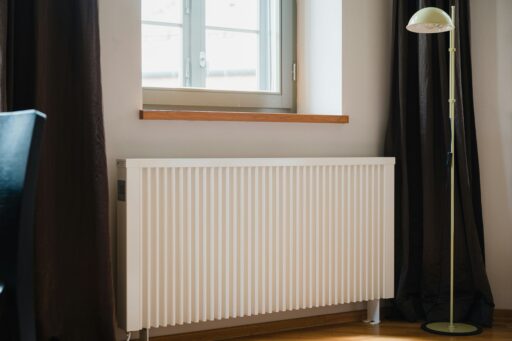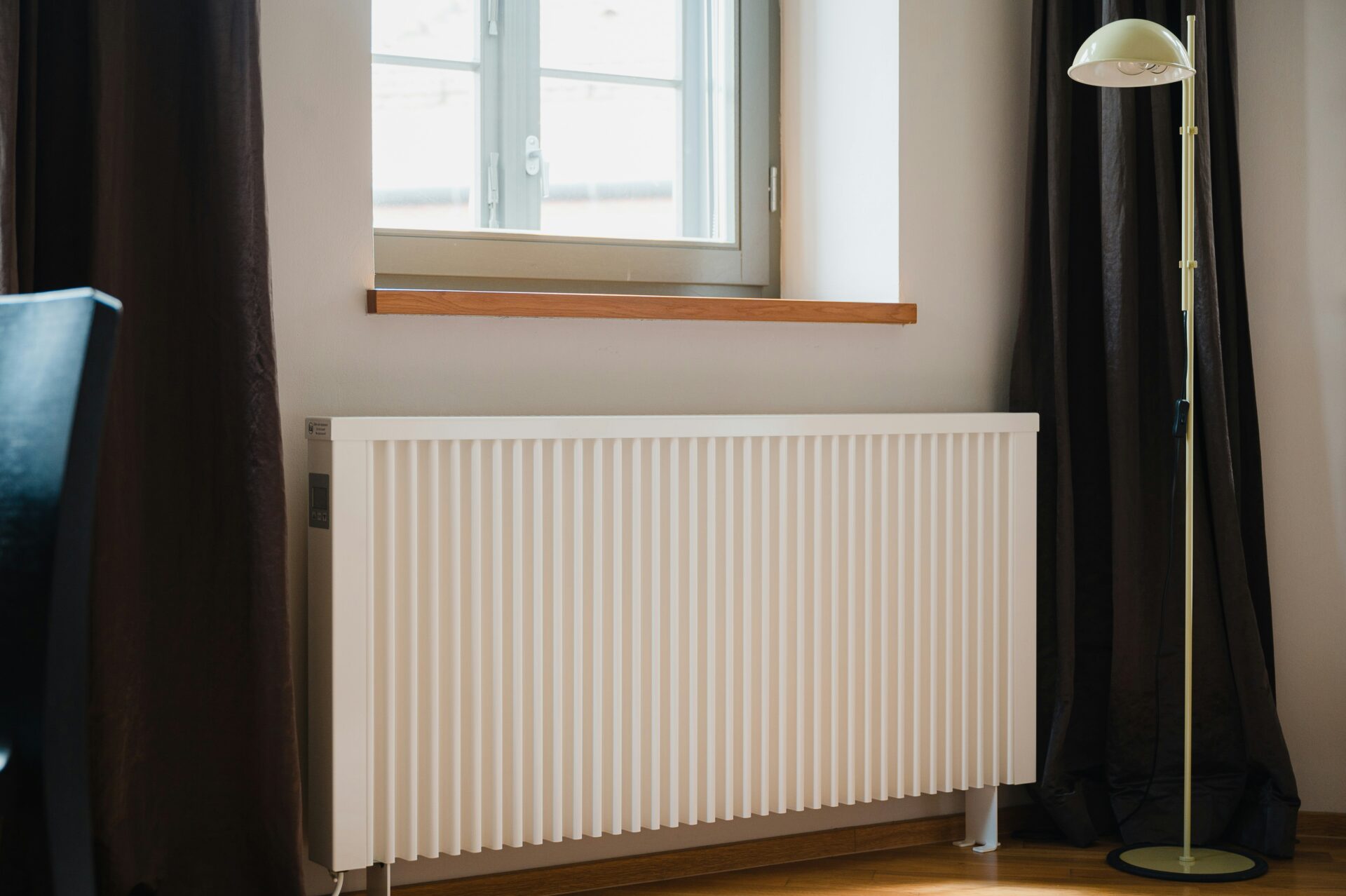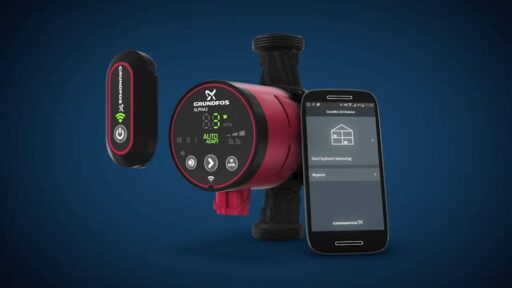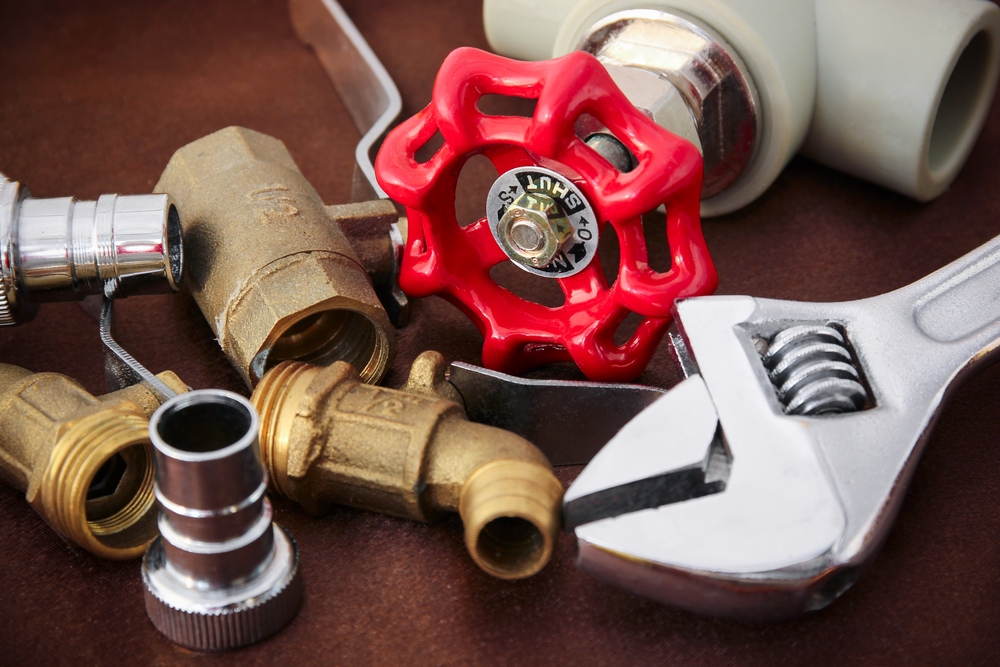With the summer soon coming to an end, the nights will start drawing in and you’ll start looking for comforts again to keep you warm and cosy throughout those cold winter evenings. That’s right – sooner or later, it’ll be time to fire up the central heating once more.
Central heating is a ubiquitous feature in modern houses, and many older homes have been retro-fitted. Anyone who has lived through a winter with central heating will know the massive difference it can make to your levels of comfort and relaxation during the colder months, alongside preventing such annoyances and hazards as frozen or burst pipes.
There would be little worse than rushing to switch on the central heating pumps on a chilly evening, having just got back from work, only to find that it’s not working. Your pump has probably not been used over the previous few months, and for this reason we thoroughly recommend testing your heating pump now to avoid disappointment down the line. Follow this guide to make sure your central heating system is up to scratch.
How to test your heating pumps
1. Start by checking that the settings on the pump are as they should be. Modern heating pumps can have a variety of settings and features, such as variable flow speed and power consumption settings. Ensure that your system is setup correctly, and remedy the problem if it’s not.
2. Next, after making sure that the electricity supply to the pump is switched on, turn on your central heating. You should be able to hear your pump rotating. If you have a quiet pump, place the metal end of a plastic-handled screwdriver on the pump with your ear on the end of the handle. You should be able to hear the mechanism rotating.
3. At this point, your pump will either sound all right or won’t appear to be rotating. In either case, switch off power to the pump and remove the pump bleed screw. Be prepared for a small amount of water leakage as you do this. Remove any debris that you find inside. If your pump wasn’t turning before, gently try to turn the pump spindle with the screwdriver. If it’s stiff, turn it several times to loosen it up. Return the pump bleed screw to its correct location.
4. If your pump still doesn’t rotate when turned back on, check the fuse. A blown fuse may even have tripped the RCD. Reset the RCD and replace the fuse, if appropriate. If you still have no luck, turn off the electrical supply to the pump and try checking the electrical connections with a voltmeter. You may feel more comfortable calling in a professional at this stage.
5. Another common problem with heat pumps can be poor circulation, with hot radiators downstairs but not upstairs. The pump may be old and unable to supply sufficient pressure. Try turning up the pressure to see if this helps. Bleeding the radiators, as well as the pump itself, is also a good idea in summer, as any problems uncovered can be rectified whilst the system isn’t needed.
Following these tips should ensure that you’ll be nice and toasty during the long, cold winter nights. Did this work for you? Do you have any other tips for keeping your central heating system in tip-top condition? Get in touch and let us know.






